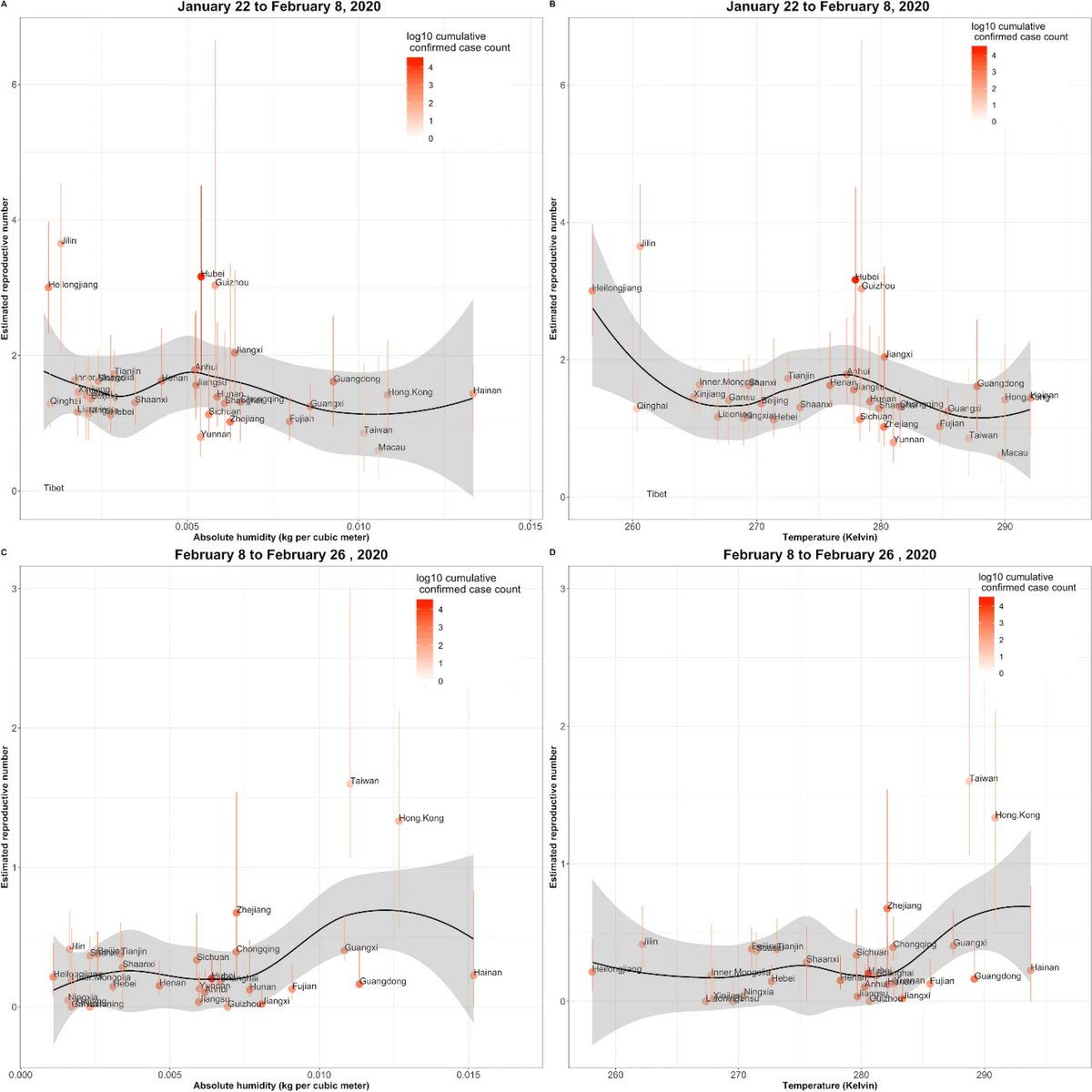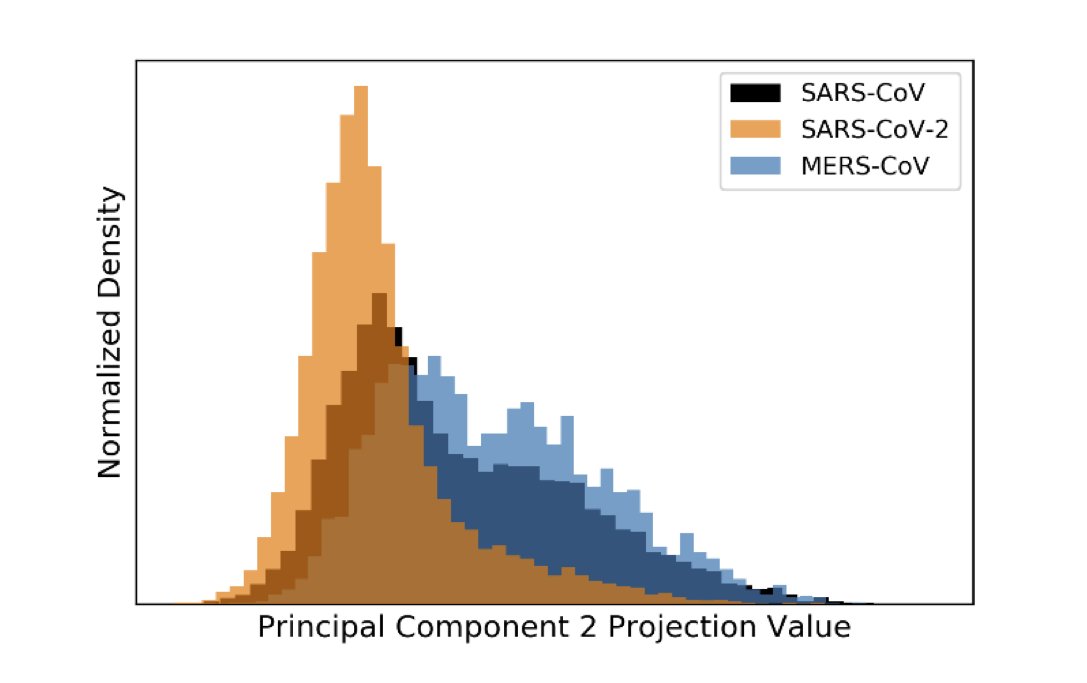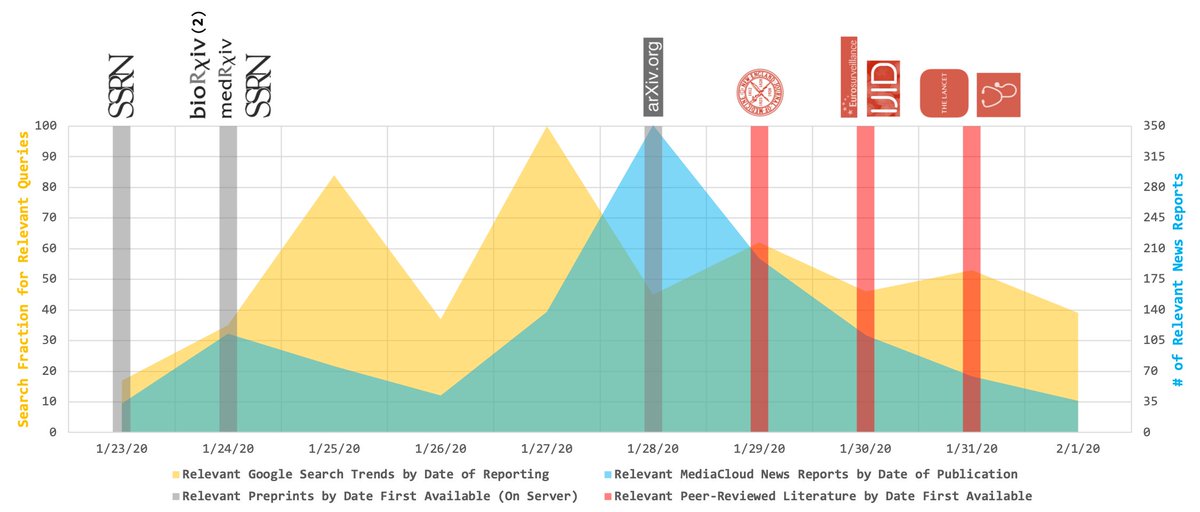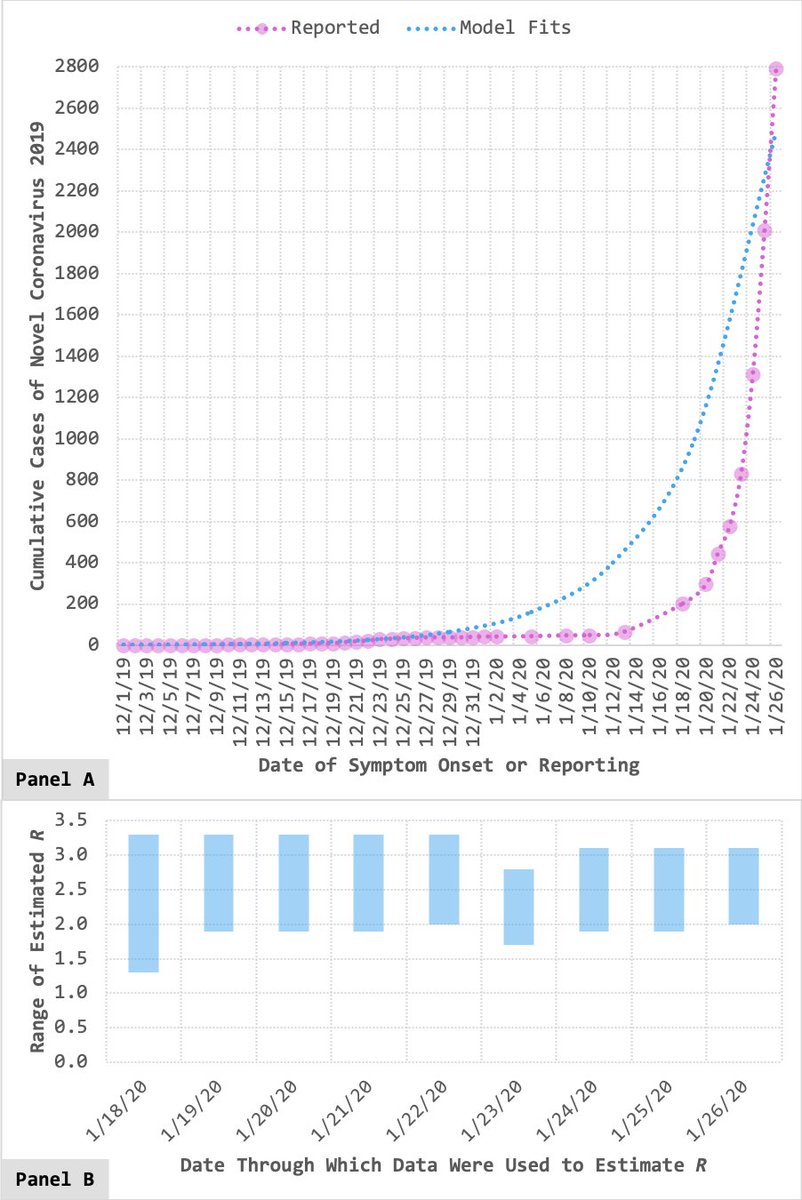
Asst. Professor at @harvardmed & @BOS_CHIP. Upcoming novelist (Rep: @NobleValerie). @MIT-trained engineer & epidemiologist. Spouse to @imran_malek. She/They/Dr.
How to get URL link on X (Twitter) App

https://twitter.com/maiamajumder/status/1394325567206473730This is a big achievement for me—something I never dreamed I could do. But last year, I committed to making more space for my creative pursuits, & I’m proud of myself for seeing it through.
https://twitter.com/maiamajumder/status/1220501403057229824?s=20

 I’ll let @MauSantillana take the lead on fielding questions about this work, but I wanted to point out two things.
I’ll let @MauSantillana take the lead on fielding questions about this work, but I wanted to point out two things.
 (This study was led by @AnhvinhDoanvo in collaboration with @Money_qxl, @qramjee, @EvolvingEpitope, @angeldesaimd, & myself. It started off as one of our research hackathon projects in late March, & it's been such a delight to oversee its development over the last 11 weeks!)
(This study was led by @AnhvinhDoanvo in collaboration with @Money_qxl, @qramjee, @EvolvingEpitope, @angeldesaimd, & myself. It started off as one of our research hackathon projects in late March, & it's been such a delight to oversee its development over the last 11 weeks!)
 @mandl Assuming representativeness, we first collected Google search trend interest & MediaCloud news volume data on #nCoV2019 (#COVID19) transmissibility. We then curated relevant studies from Google Scholar & four popular preprint servers. (Discovery specs are noted in our preprint.)
@mandl Assuming representativeness, we first collected Google search trend interest & MediaCloud news volume data on #nCoV2019 (#COVID19) transmissibility. We then curated relevant studies from Google Scholar & four popular preprint servers. (Discovery specs are noted in our preprint.)
https://twitter.com/maiamajumder/status/1220802808976486406@nntaleb @DFisman @C_Althaus As y'all may recall, R_0 is the *average* number of people a new case will infect in a fully susceptible population... But in a given population, the number of ways R_0 can be 2 (as in the above visualization) is essentially countless because *each person is different*. 2/x

https://twitter.com/maiamajumder/status/1220501403057229824
 On January 24, this study [thelancet.com/pb-assets/Lanc…] provided onset data for the first 41 cases & back-dated the start of the outbreak to December 1 (instead of December 8, as we'd thought before due to the WHO [who.int/csr/don/12-jan…]). Our estimates now include these data.
On January 24, this study [thelancet.com/pb-assets/Lanc…] provided onset data for the first 41 cases & back-dated the start of the outbreak to December 1 (instead of December 8, as we'd thought before due to the WHO [who.int/csr/don/12-jan…]). Our estimates now include these data.

 @mandl The basic reproduction number (R_0) is a measure of transmissibility that aims to describe the average number of people a new case *in a fully susceptible population* will infect. (Most of the time, this number isn’t actualized thanks to interventions as simple as hand-washing.)
@mandl The basic reproduction number (R_0) is a measure of transmissibility that aims to describe the average number of people a new case *in a fully susceptible population* will infect. (Most of the time, this number isn’t actualized thanks to interventions as simple as hand-washing.)